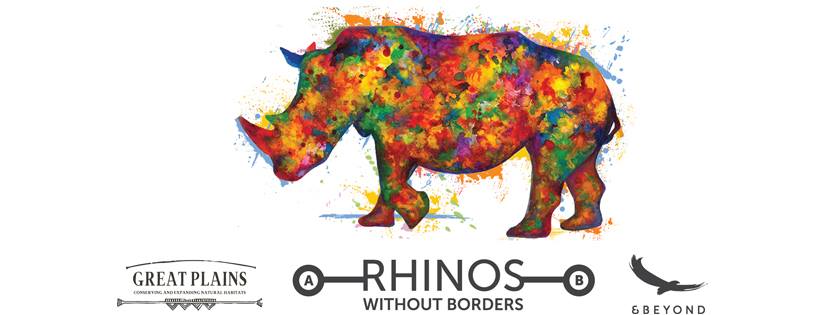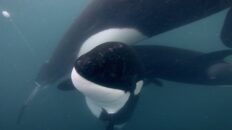A century ago, South Africa was home to nearly one million rhinos. Today, that number has plummeted to approximately 20,000 white rhinos, 4,000 black rhinos, and a mere three northern white rhinos, signaling a dire decline in their population. This alarming trend spurred Dereck Joubert, along with his wife Beverly, a National Geographic explorer, filmmaker, and photographer, to initiate the Rhinos Without Borders project.
Initially focused on studying lions and their interactions with hyenas, the Jouberts were compelled to address the escalating threat of poaching and its devastating impact on wildlife. Transitioning from filmmaking to conservation, they embarked on a mission to relocate rhinos from high-poaching areas in South Africa to safer havens in Botswana. Capturing and transporting these majestic creatures is a formidable challenge, but their dedicated team is adept at ensuring a swift and humane transition.
Rhinos, with their ancient lineage dating back millions of years, play a crucial role as environmental architects alongside other large herbivores, shaping the African wilderness and maintaining its ecological balance.
Yet, the persistent belief in the medicinal properties of rhino horns perpetuates their peril. Fueled by demand in countries like Vietnam, Thailand, and China, the value of rhino horns has skyrocketed to astonishing levels, surpassing even gold and cocaine in worth. Despite being touted as a cure for ailments like cancer, asthma, and infertility, rhino horns hold no therapeutic value.
The consequences of poaching are starkly evident in South Africa, where rhino killings surged from 13 in 2007 to a staggering 1,215 in 2014. If this trajectory persists, the extinction of rhinos looms ominously within the next fifteen years, with even baby rhinos falling victim to the lucrative trade, fetching up to $15,000 for their parts.
The fate of rhinos rests in the hands of this generation—a critical juncture where collective action can either ensure their survival or witness their tragic demise. The time to act is now, to safeguard these magnificent creatures for generations to come.





Add comment